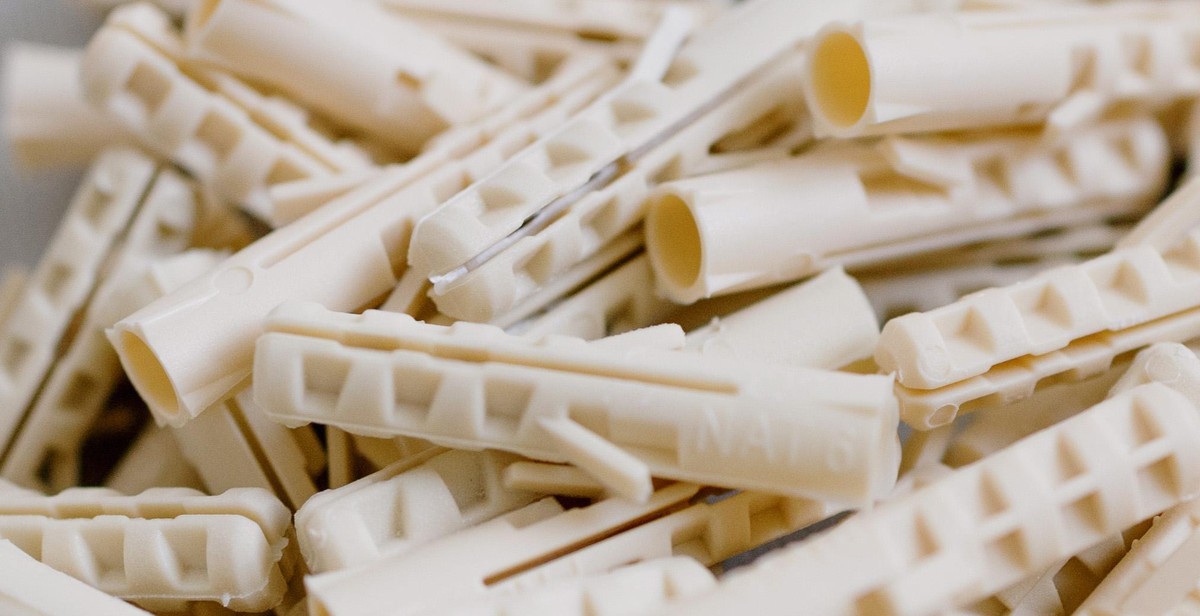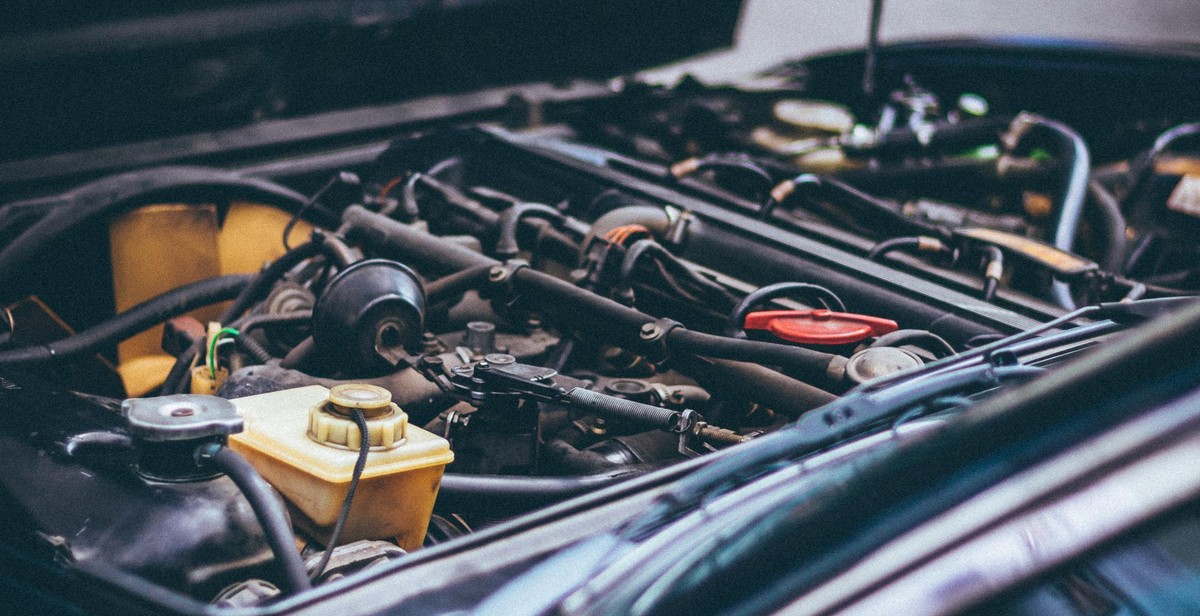How to Properly Maintain and Service Your Car’s Transmission
As a car owner, it is important to keep your vehicle in good condition to ensure that it runs smoothly and efficiently. One crucial aspect of car maintenance is the transmission. The transmission is responsible for shifting gears and transferring power from the engine to the wheels. A well-maintained transmission can prolong the life of your car and prevent costly repairs.
Signs of Transmission Problems
Before we dive into maintenance tips, it is important to know the signs of transmission problems. These include:
- Difficulty shifting gears
- Slipping or jerking movements
- Burning smell or strange noises
- Leaking fluid
If you experience any of these issues, it is important to have your transmission checked by a professional mechanic.
Regular Maintenance
Regular maintenance is key to keeping your transmission running smoothly. This includes:
- Checking and changing the transmission fluid
- Replacing the transmission filter
- Inspecting for leaks
- Tightening loose bolts and connections
By following these maintenance tips, you can prevent major transmission problems and keep your car running smoothly for years to come.

Why Transmission Maintenance is Important
Transmission maintenance is an essential part of keeping your car running smoothly. The transmission is responsible for transferring power from the engine to the wheels, and if it isn’t working properly, your car won’t be able to perform at its best. Here are some reasons why transmission maintenance is so important:
Prevent Costly Repairs
Regular transmission maintenance can help prevent costly repairs down the road. Neglecting your transmission can lead to a variety of problems, including slipping gears, rough shifting, and even total transmission failure. Replacing a transmission can cost thousands of dollars, so it’s much more cost-effective to keep up with regular maintenance.
Extend Your Car’s Lifespan
By keeping up with transmission maintenance, you can extend the lifespan of your car. A transmission that is well-maintained will last longer and perform better than one that is neglected. This means you’ll be able to keep your car running smoothly for years to come.
Improve Fuel Efficiency
A poorly-maintained transmission can also have a negative impact on your car’s fuel efficiency. When your transmission is working properly, it can help your car run more efficiently and use less fuel. This means you’ll save money on gas over time.
Ensure Safe Driving
Finally, proper transmission maintenance is essential for safe driving. A transmission that is slipping or shifting roughly can make it difficult to control your car on the road. By keeping up with regular maintenance, you can ensure that your transmission is working properly and that your car is safe to drive.
Overall, transmission maintenance is an important part of keeping your car running smoothly and safely. By taking care of your transmission, you can prevent costly repairs, extend your car’s lifespan, improve fuel efficiency, and ensure safe driving.

How Often Should You Service Your Car’s Transmission?
Maintaining and servicing your car’s transmission is essential to keep it running smoothly and prevent costly repairs. But how often should you service your car’s transmission?
Determining the Frequency of Service
The frequency of service for your car’s transmission depends on several factors, including the manufacturer’s recommendations, the age and mileage of your car, and your driving habits.
Most manufacturers recommend servicing your car’s transmission every 30,000 to 60,000 miles or every two to four years, whichever comes first. However, if you frequently drive in stop-and-go traffic, tow heavy loads, or frequently drive in extreme temperatures, you may need to service your transmission more frequently.
Factors that Affect Transmission Service Frequency
Several factors can affect how often you need to service your car’s transmission:
- Driving Habits: Frequent stop-and-go driving, towing heavy loads, and driving in extreme temperatures can put extra strain on your transmission and require more frequent servicing.
- Age and Mileage: Older cars or cars with high mileage may require more frequent transmission service to keep them running smoothly.
- Manufacturer Recommendations: Always follow your car manufacturer’s recommendations for transmission service to ensure your car runs smoothly and to maintain your warranty.
Regular transmission service can help prevent costly repairs and prolong the life of your car. If you’re not sure when your car’s transmission needs to be serviced, consult your car’s owner’s manual or contact a trusted mechanic.

Signs that Your Car’s Transmission Needs Service
Regular maintenance is crucial for keeping your car’s transmission running smoothly. However, even with proper maintenance, problems can still occur. Here are some of the most common signs that your car’s transmission needs service:
Warning Lights and Check Engine Lights
If your car’s warning lights or check engine light are illuminated, it could be a sign that there is an issue with your transmission. These lights are designed to alert you to problems with your vehicle, and it is important to take them seriously.
Unusual Noises
If you hear unusual noises coming from your car’s transmission, it could be a sign that there is a problem. These noises can include whining, buzzing, or clunking sounds. If you notice any of these noises, it is important to have your car’s transmission checked by a professional.
Shifting Problems
If you are having trouble shifting gears, it could be a sign that there is a problem with your car’s transmission. These problems can include difficulty shifting into gear, slipping gears, or grinding noises when shifting. If you experience any of these issues, it is important to have your car’s transmission serviced as soon as possible.
By keeping an eye out for these signs, you can help ensure that your car’s transmission stays in good working order. If you notice any of these issues, be sure to take your car to a professional mechanic for service.

DIY Transmission Maintenance Tips
Regularly maintaining and servicing your car’s transmission is crucial to ensuring its longevity and optimal performance. Here are some DIY transmission maintenance tips:
Checking the Transmission Fluid Level
Checking the transmission fluid level is a simple but important task that should be performed regularly. Follow these steps:
- Make sure the car is on a level surface and the engine is running.
- Locate the transmission dipstick, usually labeled with a red handle and located near the engine.
- Remove the dipstick and wipe it clean with a cloth.
- Re-insert the dipstick and pull it out again, this time noting the fluid level. It should be within the “full” or “safe” range.
- If the fluid level is low, add the recommended type of transmission fluid until it reaches the proper level.
Changing the Transmission Fluid
Changing the transmission fluid is a more involved process, but it should be done according to the manufacturer’s recommended schedule. Here’s how:
- Locate the transmission pan, usually located on the underside of the car.
- Remove the pan and drain the old fluid into a container.
- Replace the transmission filter.
- Re-install the pan and add the recommended type and amount of new transmission fluid.
Replacing the Transmission Filter
The transmission filter should be replaced whenever the transmission fluid is changed. Here’s how:
- Locate the filter, which is usually inside the transmission pan.
- Remove the old filter and replace it with a new one.
- Re-install the pan and add the recommended type and amount of new transmission fluid.
Following these DIY transmission maintenance tips can help ensure the longevity and optimal performance of your car’s transmission.

Professional Transmission Service
When it comes to maintaining and servicing your car’s transmission, it is important to seek the help of professional transmission service providers. These experts have the necessary knowledge, skills, and tools to diagnose and fix any transmission issues with your vehicle.
Transmission Flush
A transmission flush is a vital service that involves removing all the old transmission fluid and replacing it with new fluid. This process helps to remove any contaminants and debris that may have accumulated in the transmission over time. It is important to note that a transmission flush should only be performed by a professional transmission service provider.
During a transmission flush, the technician will use a specialized machine to pump new fluid through the transmission, effectively flushing out the old fluid. The process is usually done in conjunction with a filter replacement to ensure that the transmission is running smoothly.
Transmission Rebuild
If your car’s transmission has significant damage or wear and tear, a transmission rebuild may be necessary. This process involves disassembling the transmission, inspecting all the components, and replacing any damaged parts. A transmission rebuild is a complex process that requires the expertise of a professional transmission service provider.
During a transmission rebuild, the technician will replace all the worn-out or damaged parts with new ones. This process will help to ensure that your transmission is running smoothly and efficiently. It is important to note that a transmission rebuild is a costly service, but it is often more affordable than replacing the entire transmission.
Conclusion
Professional transmission service providers are your best bet when it comes to maintaining and servicing your car’s transmission. Whether you need a transmission flush or a transmission rebuild, these experts have the necessary knowledge, skills, and tools to ensure that your vehicle’s transmission is running smoothly and efficiently.

Conclusion
Proper maintenance and servicing of your car’s transmission is crucial to ensure its longevity and efficient performance. Regular checks and timely repairs can save you from costly replacements and breakdowns on the road.
Start by checking your car’s owner manual for the recommended service intervals and follow them diligently. This will help you keep track of when your transmission fluid needs changing, and when other components like the filter, gasket, and pan need inspection or replacement.
When you notice any signs of transmission problems such as slipping, grinding, or delayed shifting, don’t ignore them. Schedule an appointment with a qualified mechanic to diagnose and fix the issue before it worsens.
Additionally, avoid overloading your car, driving aggressively, or using the wrong transmission fluid. These actions can cause undue stress on your transmission and lead to premature wear and tear.
By following these tips and regularly maintaining your car’s transmission, you can enjoy a smooth and trouble-free driving experience for years to come.
